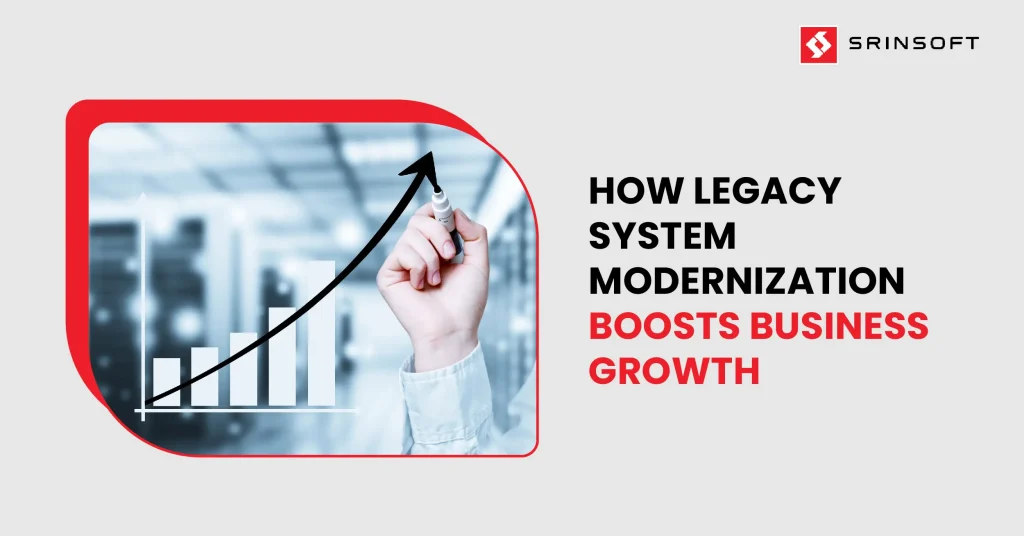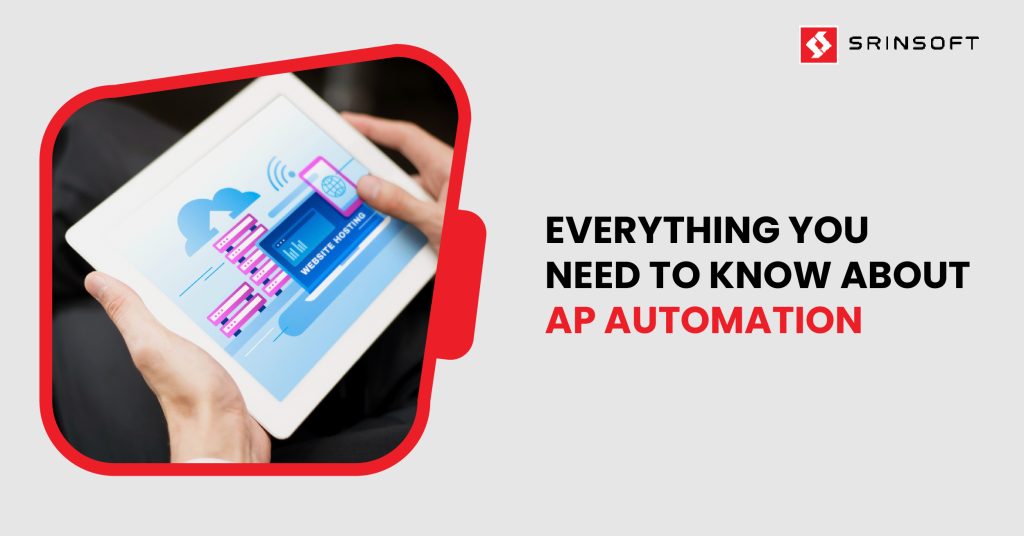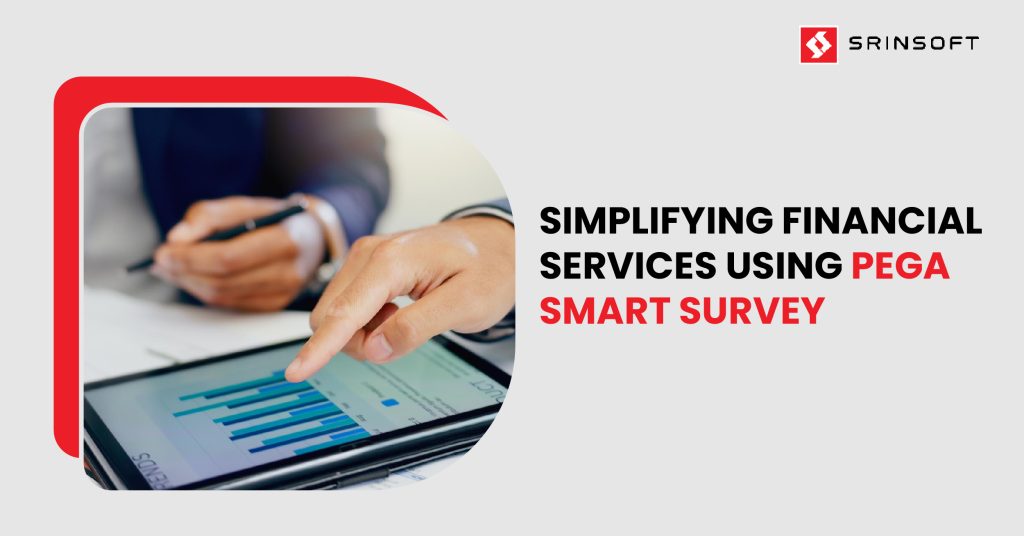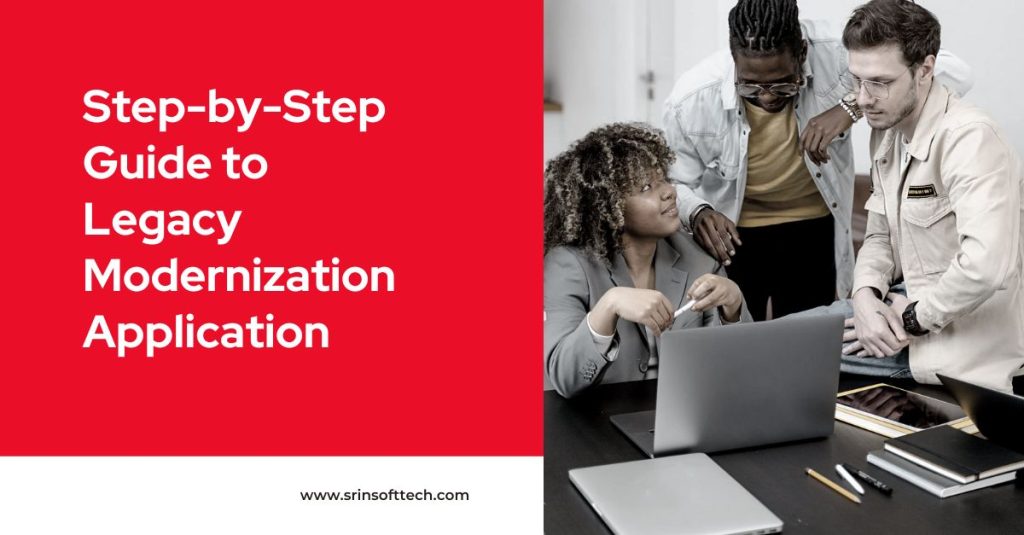
What is Legacy System Modernization?
Legacy system modernization refers to replacing or transforming systems with an old technology into something aligned with current business needs and requirements from IT.
Legacy systems are older software or hardware solutions that an organization uses for their normal day-to-day operations but cannot keep up with the needs of changing business requirements.
The problem is that these systems typically cannot accommodate new features, security updates or provide technical support. This can negatively impact a company’s performance and growth and leave the company incompetent in the market.
The Need for Modernization
Modernization helps make legacy systems flexible and agile to work in harmony with newer IT technologies and platforms. This integration is critical to align IT capabilities with business needs, especially when legacy applications are incompatible with modern platforms.
For legacy modernization, the main drivers include concerns about the high costs of maintenance on outdated systems and the shortage of employees skilled in older programming languages.
The advantages of legacy modernization are numerous. It helps reduce complexity in IT infrastructure and the costs associated with it. It creates data that are more consistent between diverse systems and facilitates collaboration across platforms for better business workflows.
In addition, it will help eliminate manual processes and reduce processing times for fraud detection and embed modern business intelligence in core operations to improve overall efficiency within the business.
How Legacy System Modernization Impacts Business Growth
Modernizing legacy systems is becoming increasingly crucial for organizations that are looking to drive business growth and maintain a competitive edge in today’s technological milieu. Here’s how modernizing these systems can significantly impact business growth
Improved Efficiency and Productivity
Dependence on antiquated technology and the need for manual intervention and redundant processes make legacy systems very inefficient.
Modernizing these systems is important for organizations to automate routine tasks, streamline workflows and reduce the time employees spend doing things through manual means.
This boots productivity and eventually results in higher business efficiency. Increased productivity means the business as an entity grows too by responding faster to changing market conditions and customer requirements.
Enhanced Customer Experience
Organizations can integrate with modern CRM systems, data analytics tools and omnichannel platforms by modernizing their legacy systems.
This integration gives a complete view of customer interaction and preferences, enabling personalization with contextual communication.
By providing exceptional customer service, businesses can improve satisfaction and loyalty of customers which will eventually lead to increased profits through repeat business and positive word of mouth.
Cost Reduction and Resource Optimization
Maintaining legacy systems can be expensive because older hardware, software and unique skills are increasingly scarce.
Modernization decreases these costs by adopting cheaper cloud-based solutions and by using open-source technologies.
These cost savings allow you to pour that cash back into growth initiatives like further product development, marketing or investing in other markets.
Increased Agility and Innovation
Modernized systems offer a robust, adaptive foundation from which businesses can quickly pivot to meet market dynamics with agility and resiliency.
Technology is the primary catalyst of change, and with modern tools and platforms available today, companies can roll out new applications, services or features faster than ever before – hence fostering innovation.
This is an advantage that matters when it comes to staying competitive and growing the business.
Better Data Utilization
Integration of advanced data analytics and business intelligence tools is an essential part of modernizing a legacy system.
This provides companies with more actionable results on customer behavior, market trends and operational performance from their data than previously possible.
By making data-driven decisions, companies can optimize strategies and improve products and services even more efficiently than before — all while identifying opportunities for new growth.
Things to Consider Before Adopting Legacy System Modernization
Organizations hoping to remain competitive must modernize their legacy systems. But modernizing is difficult, and it demands the right roadmap for the execution. Here are key factors to keep in mind before embarking on a legacy system modernization journey
Assess Current Systems
The starting point of any modernization journey is evaluating your existing legacy systems in-depth.
This involves testing the capabilities of the system, how it can scale, what its bottlenecks are and overall requirements.
The goal is to see how the current set-up suits your business processes and where it can be improved.
Understand Business Needs and Plan for Future Growth
It is important that your new modernization solution meets the needs of not only how you are able to do business today but also into the future, therefore requiring a good assessment before deciding on modernizing.
Think about where you see your business going in the future and how this enhanced system can support that growth. In addition, the modernization approach you choose should also work on business continuity and integration with both legacy data structure and new age.
Address High-Impact Areas with Minimal Disruption
Legacy system modernization is focused on improving high-impact areas of the business with minimal to zero disruption to existing operations as much as possible.
Depending on the extent of modernization required, this could range from simple incremental gains that provide immediate value to more extensive re-architecture comprising system rebuild or replacement.
However, note that to best handle this, focus rather on modernization efforts which can provide the most value with the least disruption. It is important to have SMEs who can implement these changes seamlessly and avoid potential operational disruptions.
Evaluate Modernization Drivers from Both Business and IT Perspectives
Drivers of modernization are the factors that force you to update your legacy system. These correspond to six primary driver types within the business and IT domains:
Business Drivers
Business fit, business value and agility. If the legacy system is no longer fit for business purposes or fails to provide the value of agility needed by digital transformation, then modernization becomes necessary.
IT Drivers
Cost, complexity, and risk. If the total cost of ownership of a legacy system is too high, or if security, compliance or scalability are at risk – modernization becomes necessary.
The best candidates for modernization are systems that have multiple drivers across both business and IT perspectives, ensuring that the modernization effort will be comprehensive and beneficial.
Weigh the Impact and Value of Each Approach
Finally, it is important to assess every modernization strategy based on its impact on technology, architecture, functionality, cost, and risk. The selected strategy must make the biggest positive impact with a minimum amount of effort.
For example, rearchitecting could offer a balanced approach with medium costs and risk while rebuilding or replacing offers the best outcome albeit with a high overall cost to achieve. Therefore, the choice should be determined by your organization’s needs and goals.
Future Trends in Legacy System Modernization
Even as businesses continue to depend on their important traditional applications to conduct day-to-day operations, there is an increasing need for modernizing existing antiquated platforms Looking ahead, several key trends are shaping the future of legacy system modernization:
Cloud Migration:
One of the most prominent trends is the shift from on-premises infrastructure to cloud-based environments. It helps businesses cut costs, improve scalability and boost disaster recovery capabilities.
This flexibility enables better integration with newer systems since the new solutions being adopted can be built with modern cloud-native technologies.
API Integration and Microservices:
Future modernization efforts will involve decomposing monolithic legacy systems into smaller, well-defined microservices.
Microservices can interact with each other using APIs that open doors to easy and rapid system updates, scaling up systems along with the integration of new apps and technologies.
This modular approach allows companies to adapt easily to meet changing market expectations and encourages innovation.
Low-Code and No-Code Platforms:
Legacy system modernization is increasingly achieved via low-code and no-code platforms. These are platforms in which non-technical users can build and modify apps with little coding expertise.
This can help businesses quicken modernization, lower reliance on IT experts and produce new functions and features rapidly in response to changing business requirements.
Artificial Intelligence (AI) and Machine Learning (ML) Integration:
AI and ML are becoming more prominent in legacy modernization strategies.
These tools support the automation of frequently occurring tasks, improve decision-making quality and allow for better view of how your operation is likely to perform.
AI and ML could additionally be used to establish the most proper modernization routes, increase resource allocation, and predict potential issues before they occur.
Conclusion
Enterprises that need to keep pace and remain agile have been driving modernization of their legacy systems. SrinSoft specializes in transforming outdated technologies into modern, efficient solutions. Specializing in cloud migration, API integration and security augmentation, SrinSoft ensures seamless transition that optimize system performance and business value.
Nonetheless, businesses also must prepare themselves for data migration risks and downtime during the modernization process among other challenges. With SrinSoft, businesses can be assured of maneuvering through these complexities and ensuring future readiness against evolving technological demands.
FAQs
What are the benefits of legacy system modernization?
Many legacy systems block businesses from being able to innovate because the system is not flexible. Reducing operation costs, being agile, operational excellence and creating or enabling new revenue streams, are some of the areas where most companies see gains from modernizing legacy systems.
What is an example of legacy modernization?
An example of legacy modernization generally involves converting legacy system code into a more contemporary programming language or migrating data from legacy hardware to modern platforms like cloud computing.
Why do companies still use legacy systems?
Legacy systems mitigate technology-based risks. That is why most organizations prefer sticking to legacy systems because they are known for their performance.
What is the impact of legacy system?
Many companies still need to rely on legacy systems, but these systems can be a significant roadblock to business. Antiquated systems can lead to rising maintenance costs, poor customer service, and difficulty in staying competitive in the marketplace.


